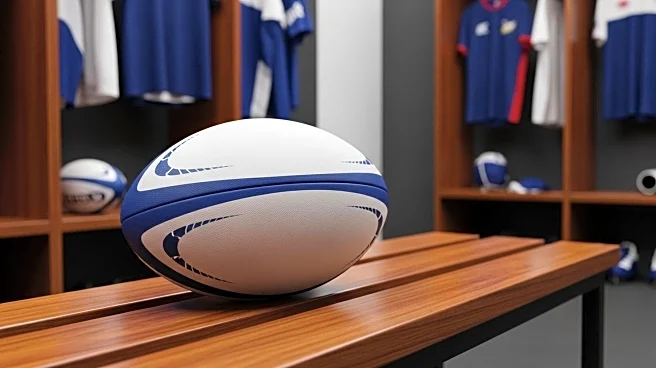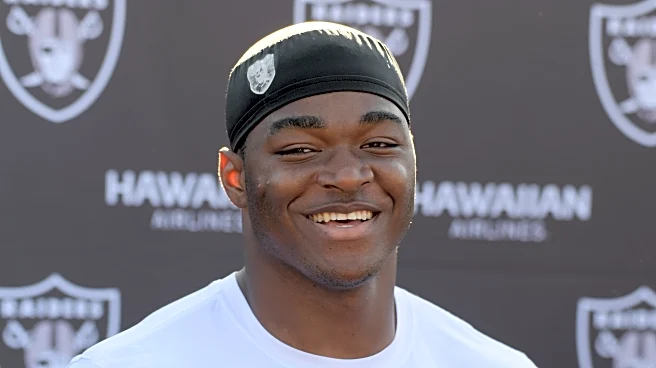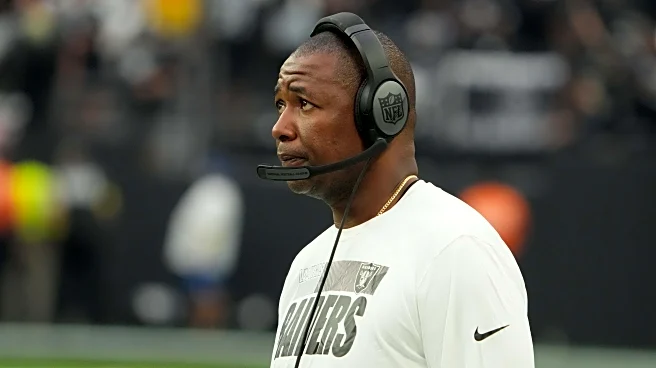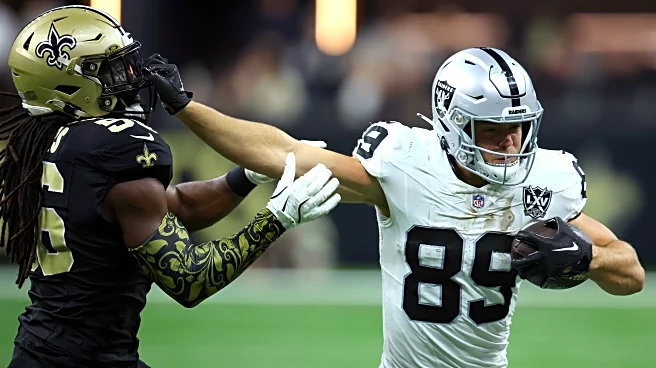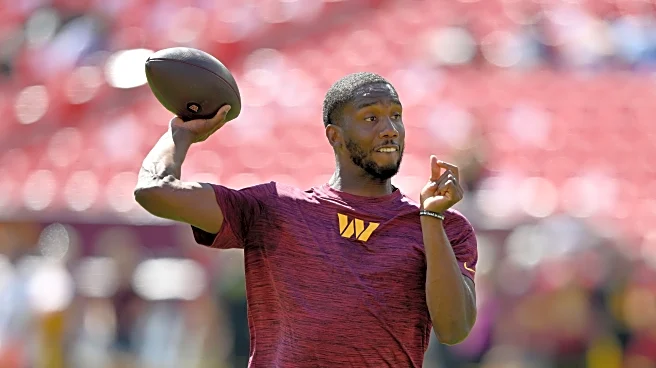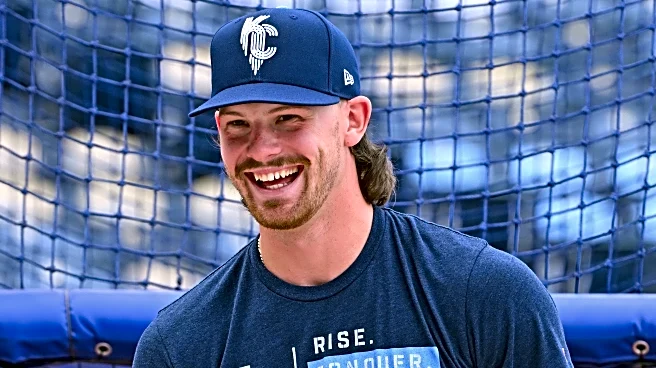What's Happening?
The Canberra Raiders, having secured the minor premiership and the J.J Giltinan Shield, are set to rest several players in their upcoming match against the Dolphins. Coach Ricky Stuart announced the decision following their victory over the Tigers, which ensured their top position on the ladder for the first time in 35 years. Stuart cited the need to manage player injuries and ensure key players are fit for the finals. He mentioned that the number of players to be rested is yet to be determined, but it could range from three to nine, depending on their physical condition. Fullback Kaeo Weekes is confirmed to be among those rested, as Stuart has already discussed the plan with him.
Why It's Important?
This strategic move by the Raiders could significantly impact the NRL finals landscape. By resting key players, the Raiders aim to enhance their chances in the finals by ensuring their squad is in optimal condition. However, this decision also opens up opportunities for the Dolphins, who need a win in the final round to secure a spot in the finals. The resting of players could potentially alter the competitive balance, affecting not only the Raiders' performance but also the playoff prospects of other teams vying for a finals position.
What's Next?
The Raiders will finalize their resting strategy as they assess player conditions leading up to the match against the Dolphins. The decision will be closely watched by other teams and fans, as it could influence the final standings and playoff matchups. The Dolphins, aware of the opportunity, will likely intensify their preparations to capitalize on the Raiders' lineup changes. The outcome of this match could have ripple effects across the league, affecting team strategies and playoff dynamics.
Beyond the Headlines
The decision to rest players highlights the broader issue of player welfare and injury management in professional sports. It underscores the importance of strategic planning in ensuring long-term team success while balancing immediate competitive needs. This approach may set a precedent for other teams in similar situations, influencing how coaches manage player workloads and health in high-stakes scenarios.
